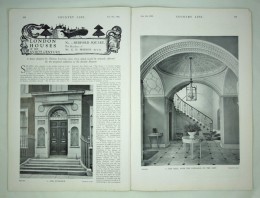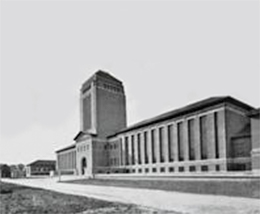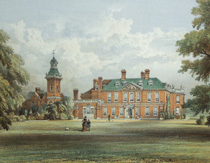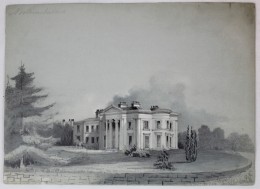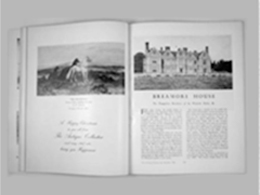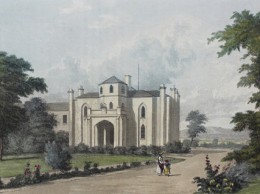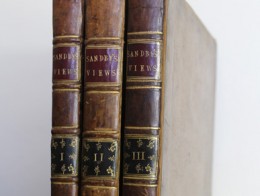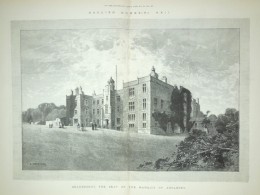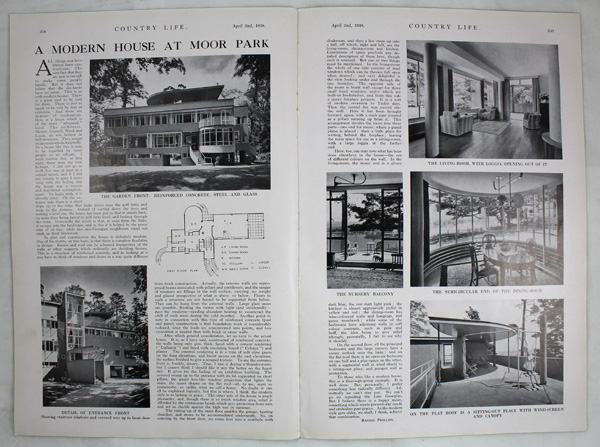
Amyas Connell (1901-1980)
Born 1901 in the town of Eltham, Taranaki, New Zealand, Amyas Connell was the second child of Nigel and Gertrude Connell. His father ran a photography studio in the very small rural town of Eltham as well as teaching painting. This was a rather unusual occupation in an area known for its dairy industry. The dairy industry in Taranaki was undergoing rapid modernisation at this time, with construction of new concrete, utilitarian farm and factory buildings, something that may well have influenced Amyas later.
Aged 18, Amyas was articled to Stanley Fern in Wellington and spent the next five years under his tutelage. During his time in Wellington he met and became friends with Basil Ward, who would later become his practice partner and brother in law. After finishing his articles in 1924, Amyas decided, along with his friend Ward to journey to London. Seeing London as the place to further their careers and on a somewhat limited budget they signed on as stokers on board a cargo ship bound for England. Later Amyas would comment “that 56-day voyage left me with hands so gnarled that I couldn’t draw a line for months afterwards”.
Showing the determination that would be a hallmark of his career Amyas spent the next two years of study trying to earn a valuable scholarship to further his reputation. This was the period when Le Corbusier and Mallet would be creating the first modernist buildings and the period that Art Deco was born.
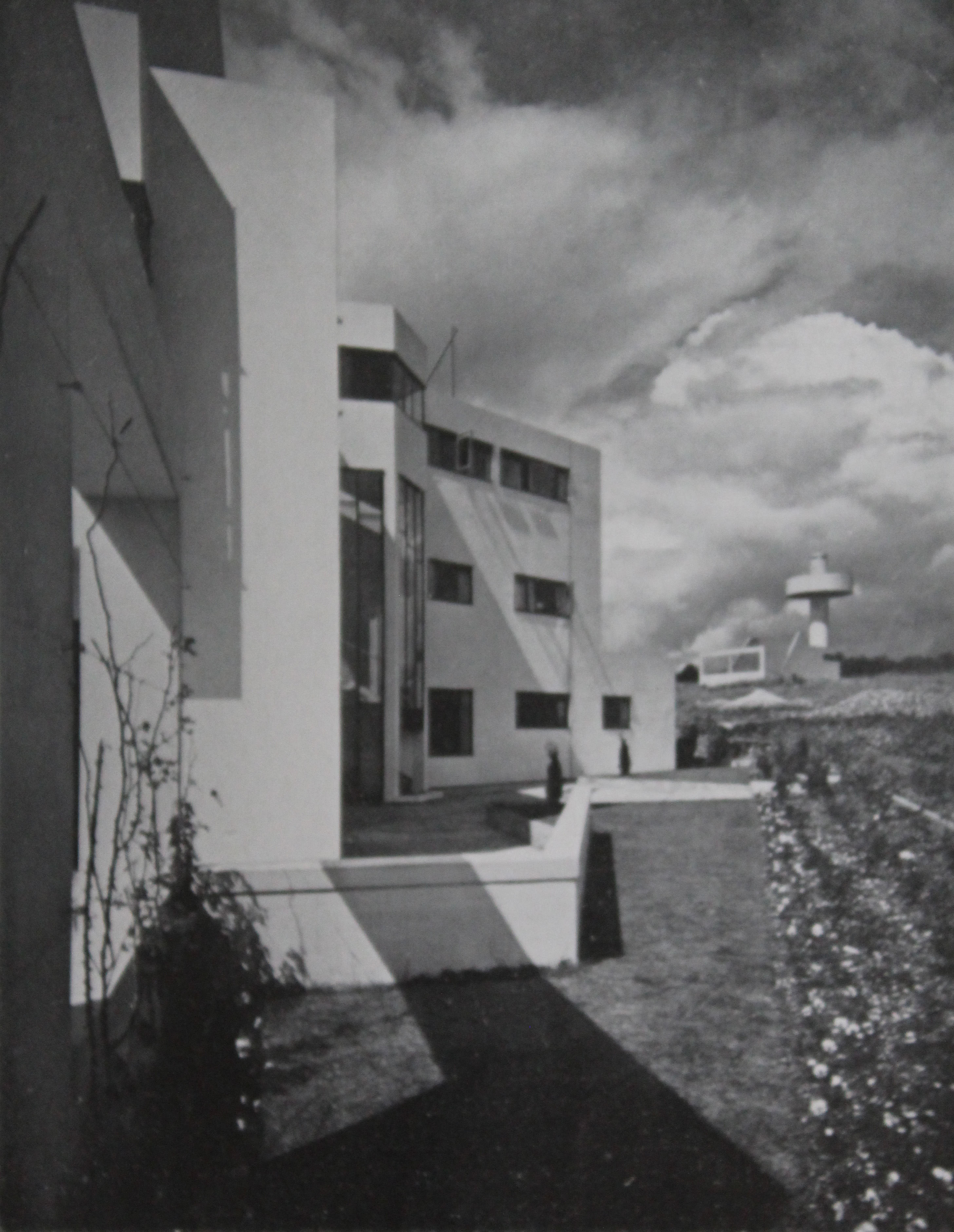 After just two years, Amyas won a prestigious place at the British School at Rome. This opportunity would be a definitive moment in his life and works. Although most of his time at the school was spent involved in the re-construction of the Tiberius villa on Capri Island (where he would have Rex Whistler paint murals for him) it was the connection he made with the schools director Sir Bernard Ashmole that would prove most important. When Ashmole left the school in 1928 he would take Amyas with him and commission High and Over. This commission started during his brief partnership with Stewart Lloyd Thomson but the design was that of Amyas’.
After just two years, Amyas won a prestigious place at the British School at Rome. This opportunity would be a definitive moment in his life and works. Although most of his time at the school was spent involved in the re-construction of the Tiberius villa on Capri Island (where he would have Rex Whistler paint murals for him) it was the connection he made with the schools director Sir Bernard Ashmole that would prove most important. When Ashmole left the school in 1928 he would take Amyas with him and commission High and Over. This commission started during his brief partnership with Stewart Lloyd Thomson but the design was that of Amyas’.
High and Over was designed to fulfil Ashmole’s desire to create Britain’s first “modern” Roman villa. Sat atop a hill in Amersham the site gave the house the perfect setting for the classical villa location but what would be built was far from the classical. With it’s distinct Y shape, flat roofs and sheer white walls, High and Over became a statement to the country saying “I am modernism and I have arrived”.
During this period Amyas would also work on the landscaping at Trent House for Philip Sassoon and interiors for various shops and restaurants on Oxford Street, London.
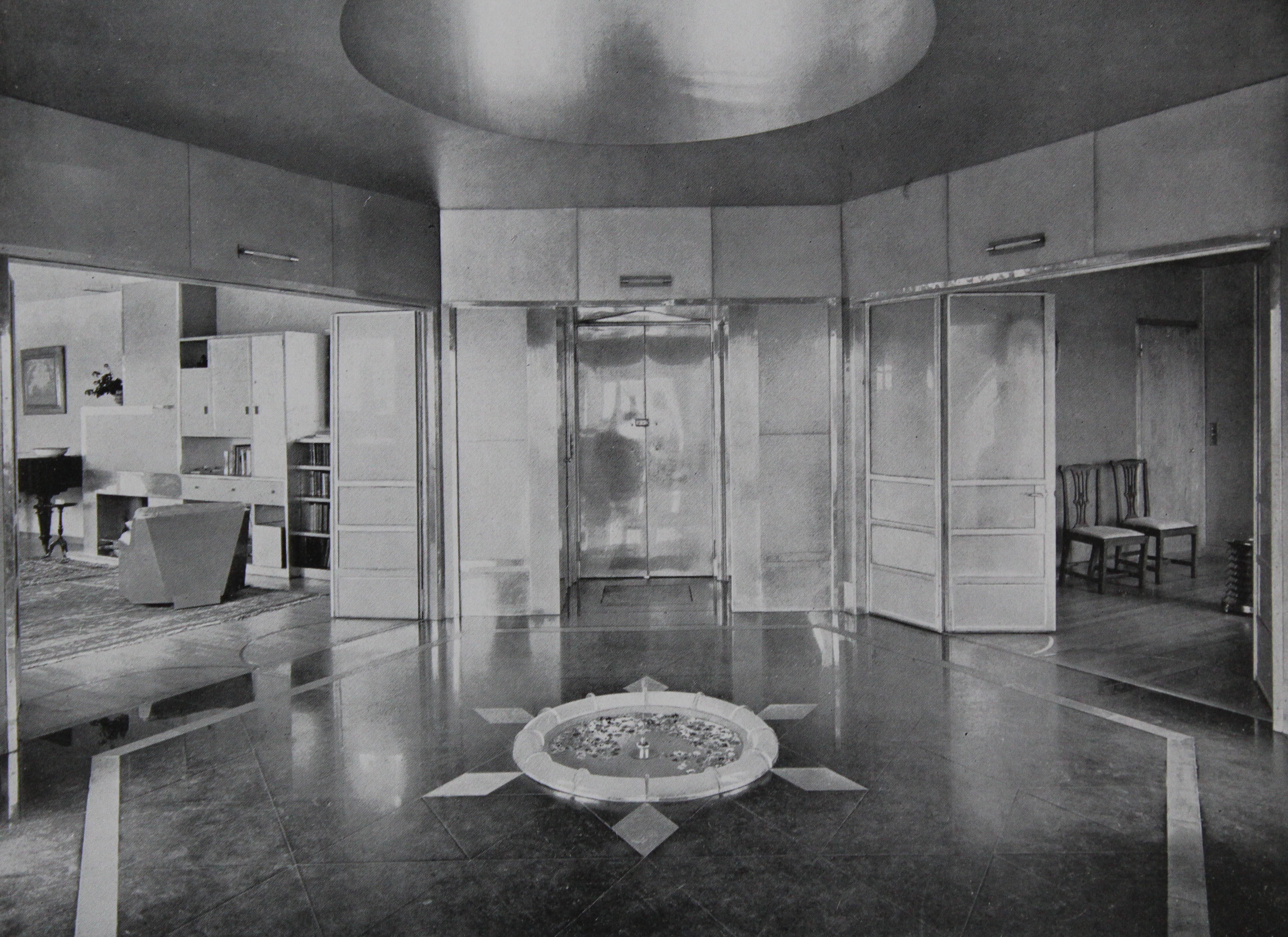 In 1930 he reunited with his old friend Basil Ward to form a new partnership of Connell and Ward. In just a few years they would take on iconic works such as the Concrete House in Bristol, Usherwood and Saltdean. Later they were joined by Colin Lucas and the practice would then be known as Connell, Ward and Lucas.
In 1930 he reunited with his old friend Basil Ward to form a new partnership of Connell and Ward. In just a few years they would take on iconic works such as the Concrete House in Bristol, Usherwood and Saltdean. Later they were joined by Colin Lucas and the practice would then be known as Connell, Ward and Lucas.
Just as the desire for Modernist housing and the reputation of Connell, Ward and Lucas was ascending World War 2 would break out and see the three men go their separate ways. Amyas spent the war years in Aldershot working for the government as an assessor of war damage whist taking on some small private commissions.
After the war, with the country in a poor financial state and with increasing regulation Amyas left for Africa. Seeing opportunities to create buildings with less restriction on his vision he first moved to Tanzania then settled in Kenya. It was here he established his TRIAD practice and built some of the most prestigious public buildings in the country.
After over twenty years in Africa, Amyas returned to London in the late 1970’s. Here, he worked alongside his two sons James and Graham in the Westminster branch of his TRIAD practice. He continued to work up until three years before his death in 1980 aged 79.
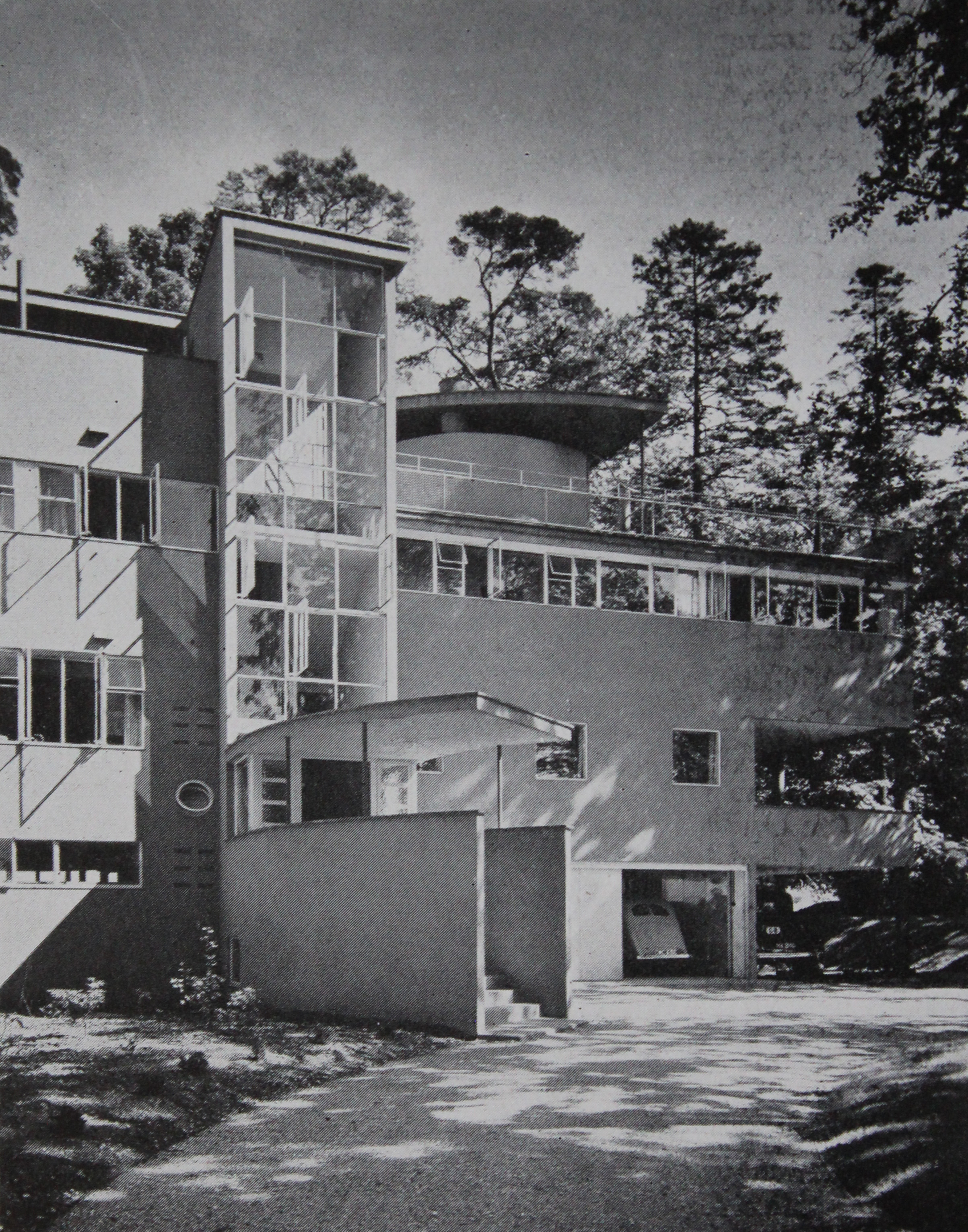 Throughout his career Amyas had remained a staunch supporter of the modernist movement, once justifying his stand point by saying “I saw no reason why housing should speak the language of the forgotten ages and, beautiful, though classical design may be, it has no real place in modern time”. An early member of the Modern Architectural Research Group, this determined, forward thinking man brought a style of architecture to Britain that even 90 years later still looks bold, exciting and new.
Throughout his career Amyas had remained a staunch supporter of the modernist movement, once justifying his stand point by saying “I saw no reason why housing should speak the language of the forgotten ages and, beautiful, though classical design may be, it has no real place in modern time”. An early member of the Modern Architectural Research Group, this determined, forward thinking man brought a style of architecture to Britain that even 90 years later still looks bold, exciting and new.


